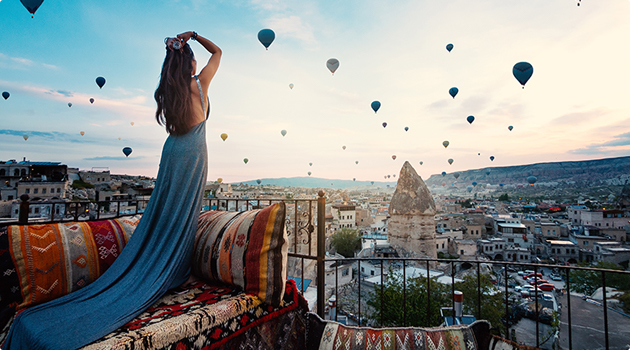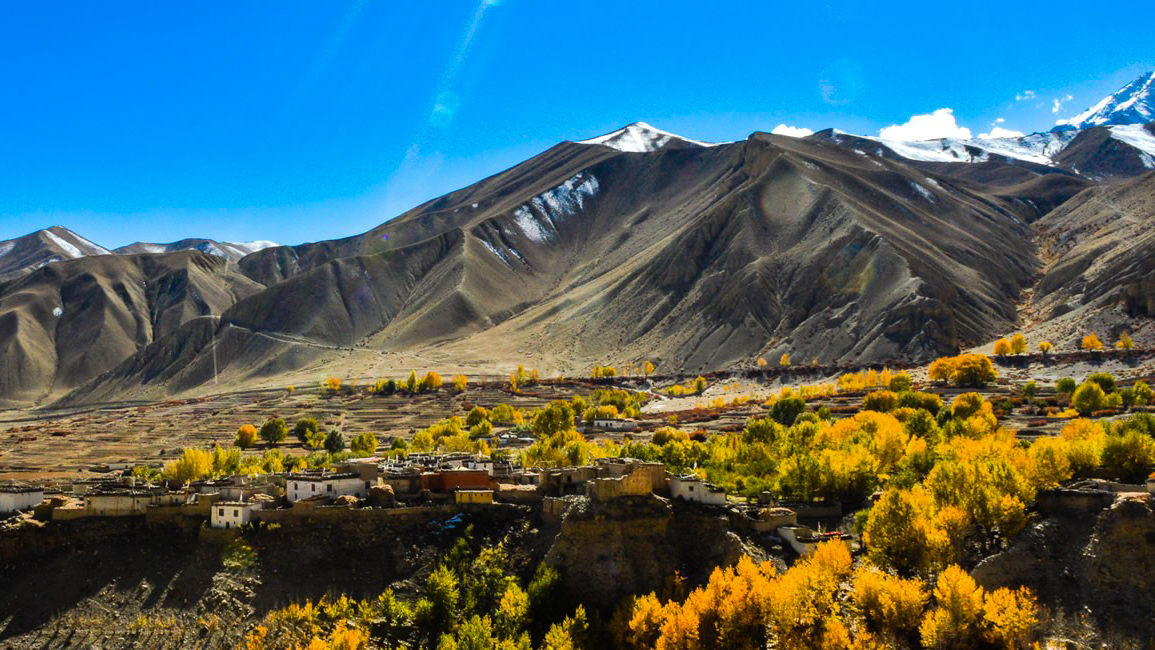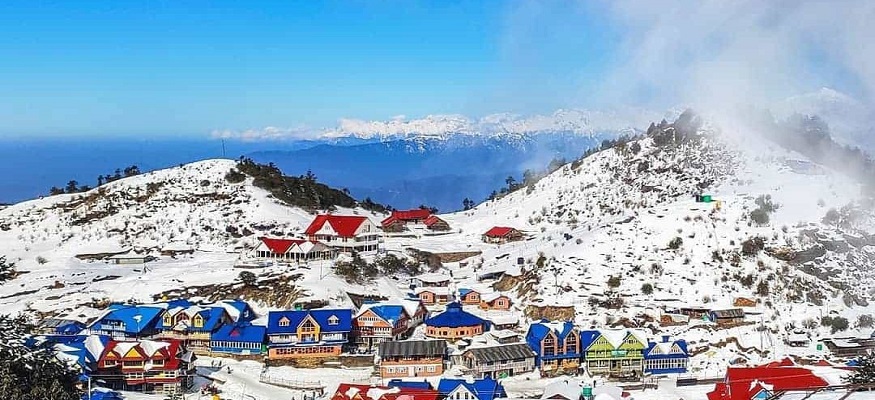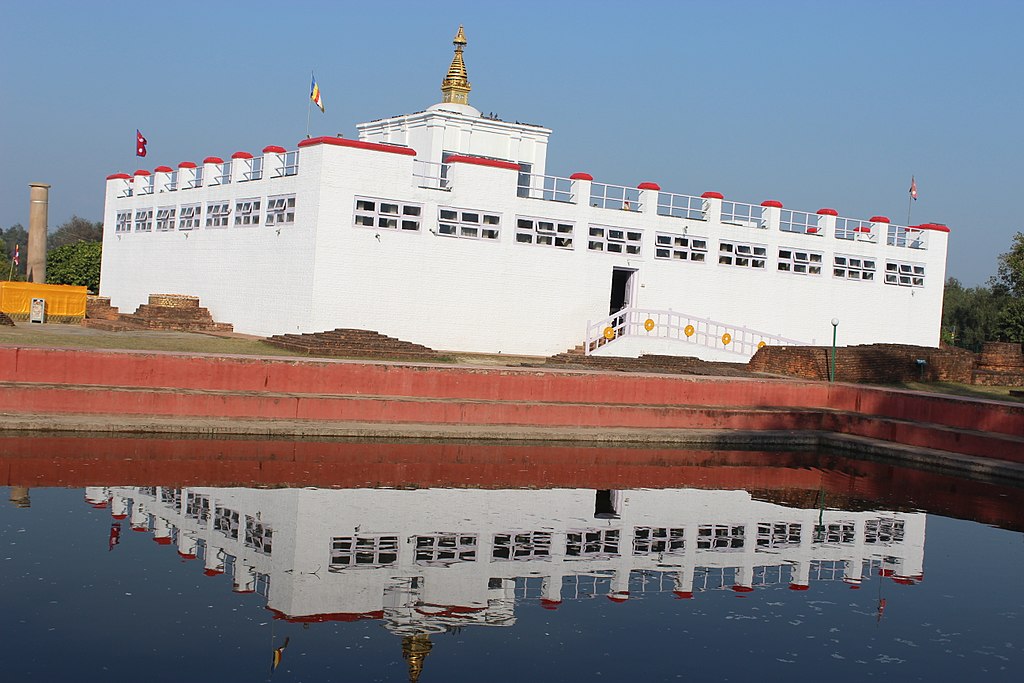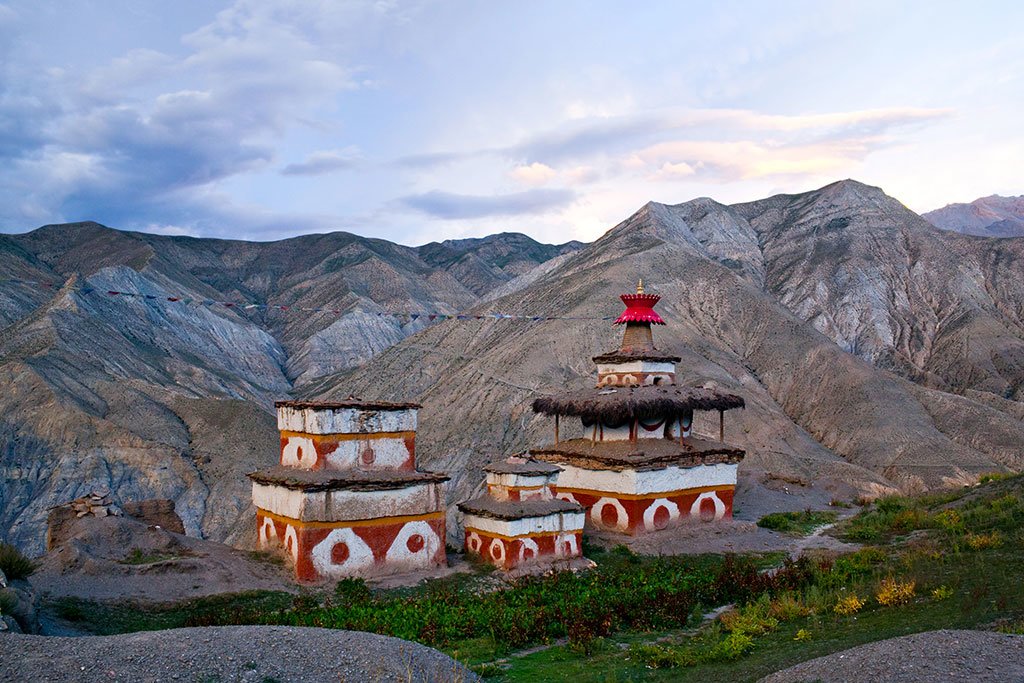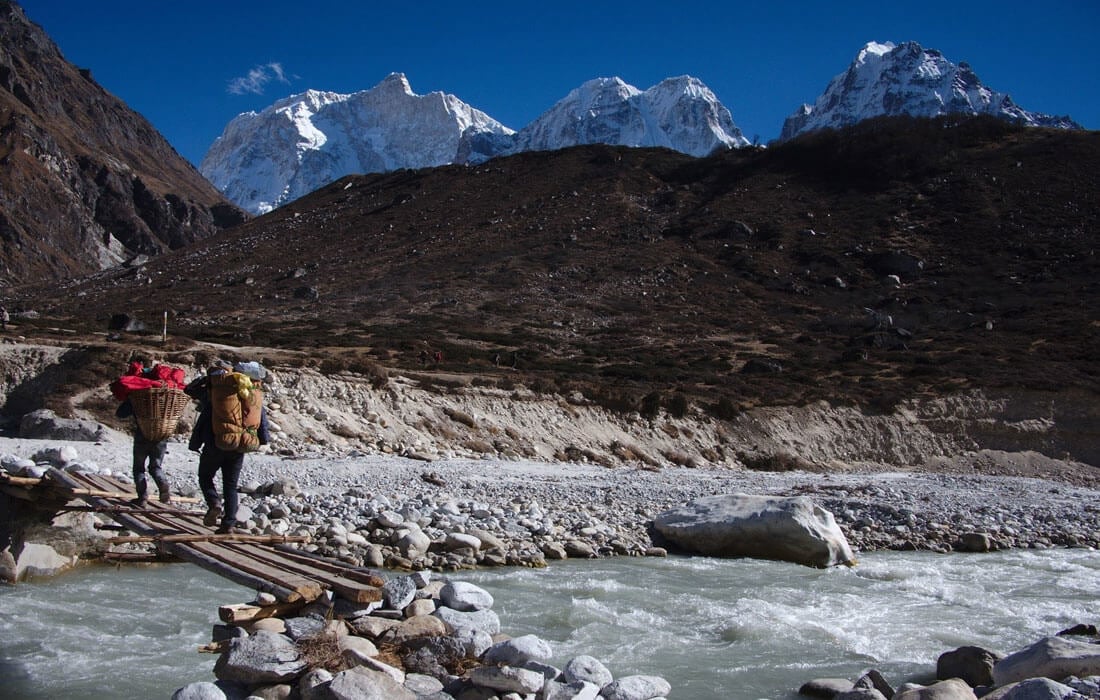 About this Trip
About this Trip
The Makalu Base Camp Trek represents a perfect blend of natural grandeur, cultural richness, and physical challenge. What distinguishes this trek is its remote character and the remarkable transition from lush mid-hills to the glacier-carved landscapes of the high Himalaya.
As you journey through the Makalu Barun National Park, the landscape transforms dramatically with each passing day. The trail begins in the subtropical valleys near Num, with terraced fields, bamboo groves, and cardamom plantations. Gradually, the terrain shifts to temperate forests rich with rhododendrons, magnolias, and firs before opening to the austere beauty of the upper Barun Valley with its glacier-fed streams, alpine meadows, and dramatic moraines. Each day brings new vistas, with Makalu revealing itself incrementally, building anticipation throughout the journey.
The cultural aspect of the trek is profoundly rewarding. The lower valleys are home to Rai and Sherpa communities who maintain traditional agricultural practices and religious observances despite their increasing contact with the outside world. Unlike more heavily trekked regions, the interactions here feel authentic and unscripted, offering genuine insight into mountain life. Small villages like Tashigaon and Yangri Kharka provide opportunities to witness local customs and perhaps participate in traditional music or dance if you're fortunate enough to coincide with local festivals.
Physically, the trek presents significant challenges with steep ascents, high passes, and the effects of altitude. However, the carefully planned acclimatization days built into most itineraries allow the body to adapt gradually, making the trek achievable for those with good fitness and determination. The sense of accomplishment upon reaching Makalu Base Camp, with its panoramic views of some of the world's highest peaks, creates a profound connection to this remarkable landscape.
Throughout the journey, the sense of exploration and discovery adds a special dimension to the experience. With far fewer trekkers than the popular Everest and Annapurna regions, you'll often find yourself alone on the trail, fostering a deeper connection with the environment and creating space for personal reflection against the backdrop of some of the planet's most majestic scenery.
The Makalu Base Camp Trek represents a perfect blend of natural grandeur, cultural richness, and physical challenge. What distinguishes this trek is its remote character and the remarkable transition from lush mid-hills to the glacier-carved landscapes of the high Himalaya.
As you journey through the Makalu Barun National Park, the landscape transforms dramatically with each passing day. The trail begins in the subtropical valleys near Num, with terraced fields, bamboo groves, and cardamom plantations. Gradually, the terrain shifts to temperate forests rich with rhododendrons, magnolias, and firs before opening to the austere beauty of the upper Barun Valley with its glacier-fed streams, alpine meadows, and dramatic moraines. Each day brings new vistas, with Makalu revealing itself incrementally, building anticipation throughout the journey.
The cultural aspect of the trek is profoundly rewarding. The lower valleys are home to Rai and Sherpa communities who maintain traditional agricultural practices and religious observances despite their increasing contact with the outside world. Unlike more heavily trekked regions, the interactions here feel authentic and unscripted, offering genuine insight into mountain life. Small villages like Tashigaon and Yangri Kharka provide opportunities to witness local customs and perhaps participate in traditional music or dance if you're fortunate enough to coincide with local festivals.
Physically, the trek presents significant challenges with steep ascents, high passes, and the effects of altitude. However, the carefully planned acclimatization days built into most itineraries allow the body to adapt gradually, making the trek achievable for those with good fitness and determination. The sense of accomplishment upon reaching Makalu Base Camp, with its panoramic views of some of the world's highest peaks, creates a profound connection to this remarkable landscape.
Throughout the journey, the sense of exploration and discovery adds a special dimension to the experience. With far fewer trekkers than the popular Everest and Annapurna regions, you'll often find yourself alone on the trail, fostering a deeper connection with the environment and creating space for personal reflection against the backdrop of some of the planet's most majestic scenery.

From $0
Price Varies from Group Size
Success
Here goes about why the success toast occurred.
 Itinerary
Itinerary
Arrival in Kathmandu (1,400m)
Kathmandu to Tumlingtar (450m) to Num (1,560m)
Num to Seduwa (1,500m)
Seduwa to Tashigaon (2,100m)
Tashigaon to Khongma (3,560m)
Acclimatization Day at Khongma
Khongma to Mumbuk (3,550m) via Shipton La Pass (4,125m)
Mumbuk to Yangri Kharka (3,650m)
Yangri Kharka to Langmale Kharka (4,410m)
Langmale Kharka to Sherson (4,615m)
Acclimatization and Exploration Day at Sherson
Sherson to Makalu Base Camp (4,870m)
Exploration Day at Makalu Base Camp
Makalu Base Camp to Yangri Kharka (3,650m)
Yangri Kharka to Mumbuk (3,550m)
Mumbuk to Khongma (3,560m)
Khongma to Tashigaon (2,100m)
Tashigaon to Seduwa (1,500m)
Seduwa to Num (1,560m)
Num to Tumlingtar (450m)
Tumlingtar to Kathmandu
Departure from Kathmandu
 Services
Services
Includes
- Specialized bilingual guide with Makalu region experience
- Private Transport
- Round-trip airport transfers and local transportation as outlined
- Daily meals on the trek: breakfast, lunch, and dinner
- Services of an experienced guide and porters during the trek
- Makalu Barun National Park permits and TIMS card
- Accommodation throughout the trek (teahouses or tented camps as available)
Excludes
- Additional accommodation due to unexpected delays or changes
- Comprehensive travel and medical insurance for the trek
- Gratuities for the guides, porters, and trekking support staff
- International flights and entry visa fees for Nepal
- Personal trekking equipment and gear (sleeping bags, jackets, etc.)
- Extra food and drinks beyond the standard meal plan
 Good to Know
Good to Know
Train 3-4 months in advance with cardio, hiking, and some strength training for this challenging trek. Prior high-altitude experience is highly recommended given the remote nature of the route. Acclimatize carefully to avoid altitude sickness, as evacuation options are limited. Pack high-quality, layered clothing suitable for temperatures ranging from +20°C to -10°C. Bring a 4-season sleeping bag even in teahouse sections, as heating is minimal or non-existent. Mental preparation is as important as physical training—the trek's remoteness means basic facilities and occasionally challenging conditions. Carry sufficient Nepalese rupees as there are no ATMs beyond Tumlingtar, and be prepared for limited food variety at higher elevations.
Wildlife Encounters
While trekking, keep an eye out for:
Red pandas in bamboo forests (lower elevations)
Himalayan tahr on rocky slopes
Himalayan monal pheasants and other colorful bird species
Snow leopards (extremely rare sightings)
Himalayan black bears in forested regions
Musk deer in rhododendron forests
Various raptors including lammergeiers (bearded vultures)
Unique alpine flora including blue poppies and edelweiss
 Reviews
Reviews
 FAQs (Frequently Asked Questions)
FAQs (Frequently Asked Questions)
Your queries are answered.
Do I need trekking experience?
Previous multi-day trekking experience at altitudes above 3,500m is strongly recommended. This is not suitable as a first Himalayan trek.
What is the best time of year for this trek?
April-May (spring) and October-November (autumn) offer the best conditions. Spring features blooming rhododendrons, while autumn typically has clearer skies but colder temperatures.
How do I prevent altitude sickness?
Follow the acclimatization schedule strictly, stay well-hydrated, ascend slowly, and communicate any symptoms to your guide immediately. Medications like Diamox can be discussed with your doctor before traveling, and are recommended for this trek.
What type of accommodation can I expect?
Basic teahouses in lower regions and a mix of teahouses and tented camping in higher regions. Facilities are primitive with shared rooms, minimal amenities, and often no electricity beyond solar lighting. The remoteness of this trek means accommodations are significantly more basic than in popular trekking regions.
Is it possible to shower during the trek?
Hot showers are available in some teahouses in lower regions for an additional fee, but above Tashigaon expect bucket washing or no facilities. Wet wipes and quick-dry towels are essential.
How reliable is the WiFi and phone connectivity?
There is essentially no WiFi beyond Tumlingtar. Mobile coverage extends only to the lower portions of the trek. Bring a satellite communication device if staying connected is important.
Can dietary restrictions be accommodated?
Simple vegetarian diets can be accommodated with advance notice, but vegan, gluten-free, or other specific diets are extremely challenging in this remote area. Bringing supplementary food items is essential for specialized diets.
How much should I budget for the trek?
Beyond the package cost, budget approximately $15-25 per day for additional snacks, hot drinks, and any emergency supplies. Significantly more cash is required than for standard Nepali treks due to the remoteness.
How much should I tip the guides and porters?
Tipping is customary and appreciated. A general guideline is $12-15 per day for guides and $8-10 per day for porters, typically given at the end of the trek. Consider additional tips for the cook team if your trek includes camping.
